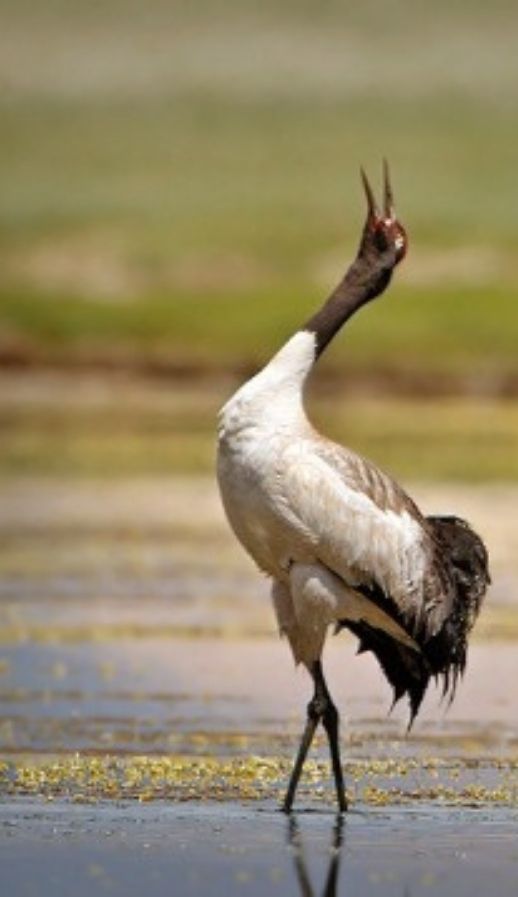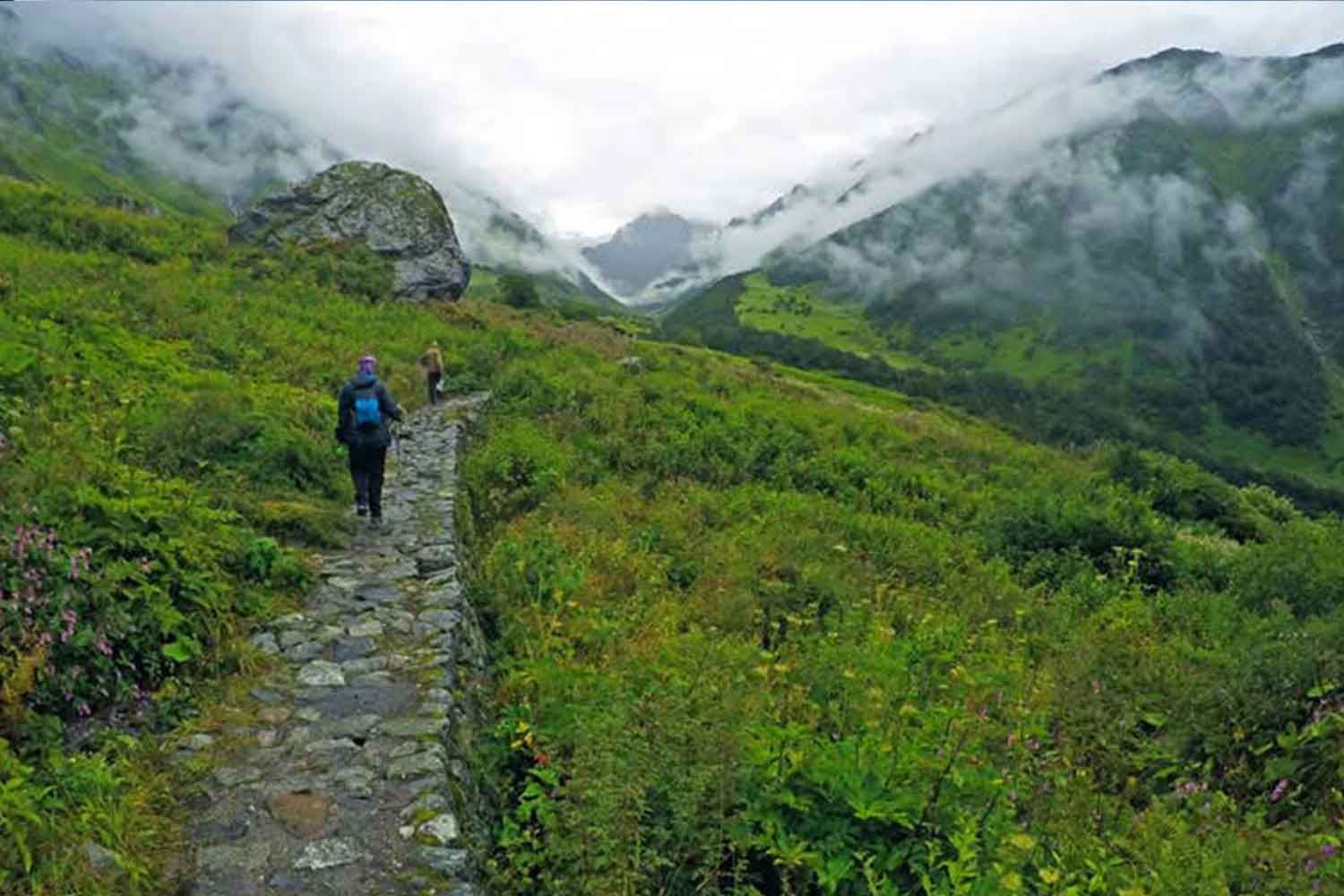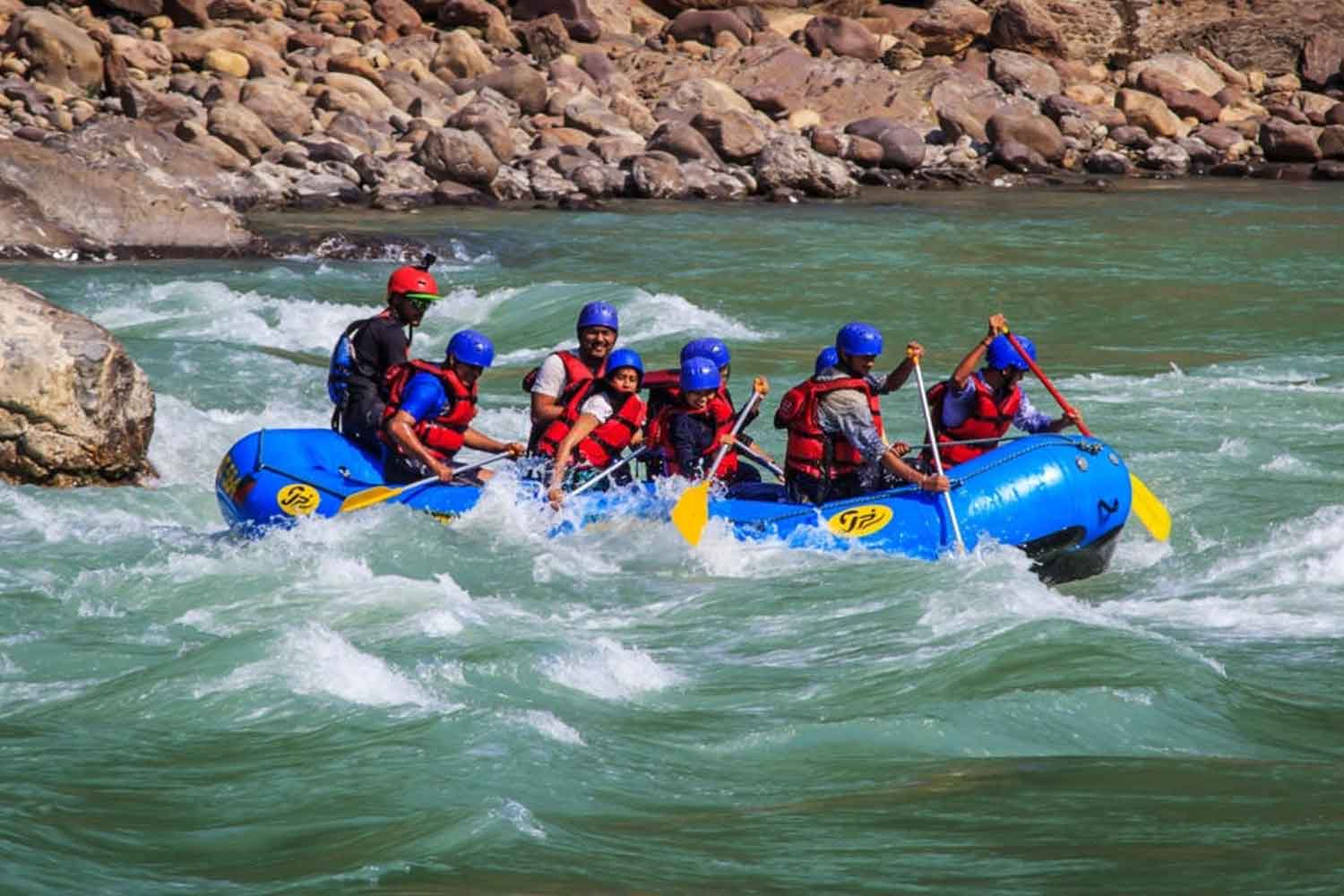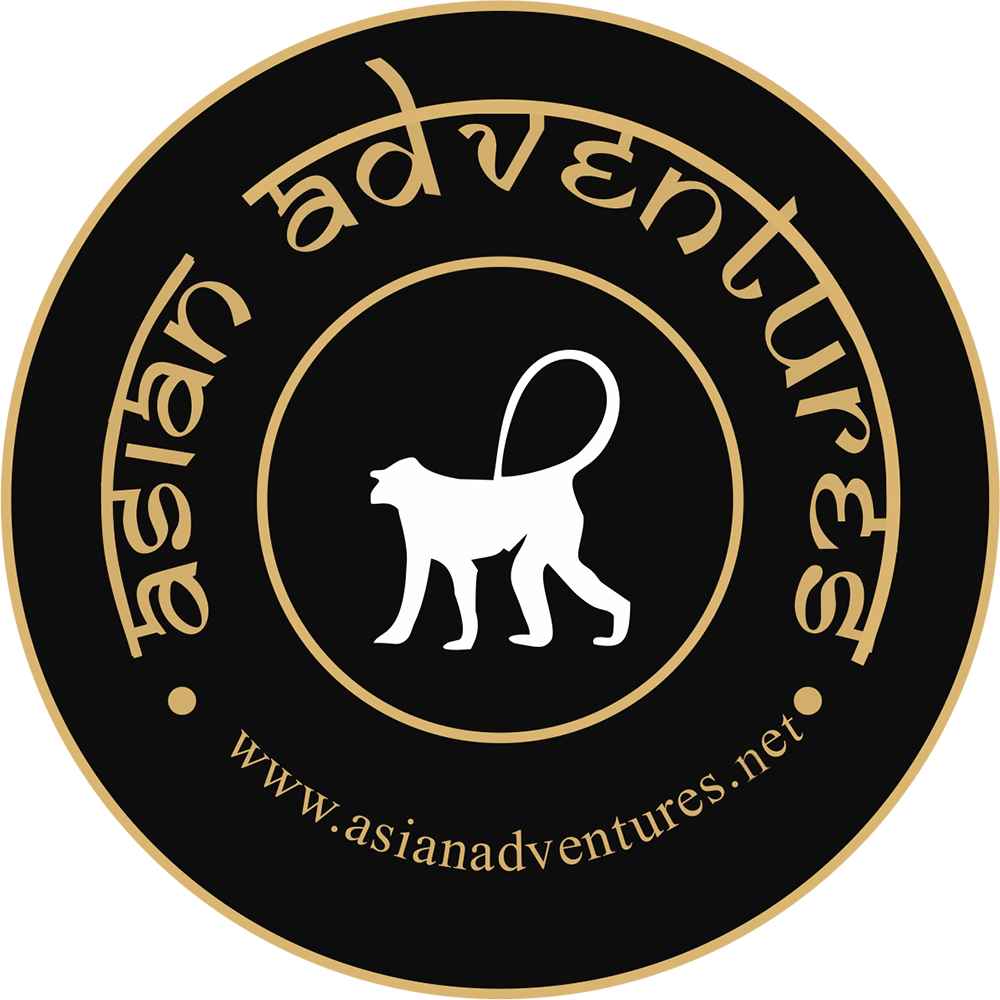Overview
In 1931, Frank S. Smythe, who was part of a team of six British mountaineers that climbed Kamet, came across a valley beyond Bhyundar Pass that had “Lush meadows, embowered amidst flowers. The Bhyundar Valley was the most beautiful valley that any of us had seen.”
Smythe in his book recalls that his camp was surrounded by a variety of flowers – primulas, white anemones, golden nomocharis, marigolds, globe flowers, delphiniums, violets, eritrichiums, blue corydalis, white roses and rhododendrons. Higher up, near the moraine, were saxifrage, yellow and red potentilla, geranium, asters and gentians, so many that “it was impossible to take a step without crushing a flower.” Today this Bhyundar Valley is not very different from how Frank Smythe first found it to be. Through strict environmental control and tight Government of India regulations, the sanctity of Frank Smythe’s discovery, ‘The Valley of Flowers’, has been carefully preserved. If you stand at the foot of the valley, grassy meadows run down to the cleft of the stream, which, even in August, is still fringed by ice. On both sides, green slopes turn to dark rock as they vault into deep blue skies.
Rising gently, the valley ends as a notch on the horizon, crested by the snows of the Rataban (6,166m) and Nilgiri (6474m) peaks. And underfoot, the flowers that give the valley its name. The Valley Of Flowers is accessible from a remote village in the Indian Himalaya called Gangharia. Getting to Gangharia is a small adventure in itself. We start at Delhi and make our way to Haridwar from where we will be driven to Pipalkoti (8 hours). A scenic drive through villages, towns and mountains.
The journey to Govindghat is a 3½ hr drive along the River Alaknanda from where our trek starts. The entire trek is breath-takingly beautiful through snow clad mountains as backdrop and a gushing river to keep you company along with greenery around you and the blue skies overhead.
On any given day there are hundreds of Sikh pilgrims headed for the Shrine at Hemkund and alighting from our jeeps we join this joyous group heading up to Ghangaria. The ascending mule track climbs past terraced fields and vegetation to the hamlet of Pulna (3 km). From here the trail is a little wilder and more forested, with occasional glimpses of snow peaks. The 7 kms from Pulna to Bhyundar Village are a steady ascent and the altitude is moderate. Shortly after Bhyundar, the trail crosses the Laxman Ganga, over a bridge elevated by giant boulders. The trail is steeper now but Ghangaria is only 3 km. away. We have to stay overnight in a small hotel / fully serviced camp.
The third day is when we visit the surreal Valley of Flowers. The trail is well chalked out and is a delightful ramble as it climbs gently through a coniferous forest before descending to a bridge. A check-post marks the official entry to the Valley of Flowers. Climbing up a rocky trail, with the forest behind us, the first flowers begin to appear. Walking through evergrean oaks, birches, maple trees, as you tiptoe over a small galcier, you reach Bamini Dhar where the tree line ends and the valley becomes a ‘bugyal'( high altitude grassy meadow in Garhwal).
The Valley of Flowers engulfs you with its splash of colour. Flowers occupy what seems like every inch of ground and rocky facades. Every month has a different variety that proliferates more. It’s a virtual rainbow of colours around with monsoon being the time most flowers bloom.
Current Government regulations do not permit any camping within the notified area of the valley and entry to the valley is restricted to permit holders only. So, in the morning after breakfast, trekkers are escorted into this Garden of Eden to explore different cross sections of the Bhyundar Valley. Packed lunches, flasks full of hot beverages as well as assorted refreshments are arranged. By evening the group is escorted back to our base camp at Gangharia where dinner would be served after a round of refreshments.
One visit is never enough to assimilate the unbelievable beauty of the vista. So the next day you can visit the Valley of Flowers again or visit Hemkund Sahib a Sikh Gurdwara, the holy shrine of Sikhs.
Hemkund is a special place and a ‘must see’. Situated at a height of 4329m, the place has a lake on whose banks are a Lakshman Temple and a Gurudwara of Guru Govind Singh. Sikhs, Hindus and people of most secular faiths revere Guru Govind Singh. Over the years Hemkund has acquired international acclaim.
The next day we trek back 13 km to Govindghat from where we drive back to Joshimath. However for those who wish to visit the famous Hindu shrine of Badrinath, special arrangements can be made and the trip extended by a day with overnight stay in a hotel at Badrinath.
The following day entails a 6-hour drive to Rishikesh from Joshimath. In the evening witness the fascinating prayer and floating candles on the holy banks of the Ganges River. Explore the spiritual holy town, temples, famous suspension bridges, yoga ashrams and various shops and eateries in the bazaar. Enjoy the overnight stay and dinner at a hotel along the banks of Ganges River The last day we drive back from Rishikesh to Delhi, arriving in the afternoon. The tour ends as we reach Delhi.

Meals: Lunch and Dinner
Accommodation:
Board the morning train to Haridwar at 0630 hours from Delhi, arriving at 1130. You will be met and driven to Pipalkoti (6-7 hours), a complete mountain drive. Overnight stay in a hotel

Meals: Breakfast, Lunch and Dinner
Accommodation:
Drive from Pipalkoti to Govindghat (4 hr.)
The drive along the Alaknanda river brings us to Govindghat
From here our trek starts to Ghangariya (13 km - 6 hours)
Overnight stay in a small hotel / fully serviced camp

Meals: Breakfast, Lunch and Dinner
Accommodation: in a hotel at Ghangaria
The trail is well chalked out (5 km each way). A check-post marks the official entry to the Valley of Flowers.
In the morning after breakfast, trekkers will be escorted into this garden of Eden to explore different cross sections of the Bhyundar Valley. Packed lunches, flasks full of hot beverages as well as assorted refreshments would also be arranged.
By evening, the group returns to the hotel at Gangharia
Dinner and overnight stay
The government regulations do not permit any camping within the valley and entry to the valley is restricted to permit holders only.

Meals: Breakfast, Lunch and Dinner
Accommodation:
Another day visit to the Valley of Flowers or the holy shrine of Sikhs - Hemkund Sahib (5 km each way)

Meals: Breakfast, Lunch and Dinner
Accommodation:
We trek back to Govindghat (13 km), from where we drive back to Joshimath. However for those who wish to visit the famous Hindu shrine of Badrinath, special arrangements can be made and the trip extended by a day with overnight stay in a hotel at Badrinath.

Meals: Breakfast, Lunch and Dinner
Accommodation:
Drive to Haridwar (9-10 hours). In the evening witness the fascinating prayer and floating candles on the holy banks of the Ganges River. Overnight in a hotel along the banks of Ganges River

Meals: Breakfast
Accommodation: on own
Morning at leisure, take a dip in Har-ki-Pauri
Drive back to Delhi (6 hours), arriving in the afternoon
Tour ends with happy notes
Highlights
- The variety of flowers and the spectacular views
- Panoramic views of the snowy peaks
- Drive along the River Alaknanda
- The beauty of the Valley of Flowers
- Hemkund Sahib, the holy shrine of Sikhs
- Fascinating prayer and floating candles on the holy banks of the Ganges River in Rishikesh
- A scenic drive through villages, towns and mountains
- Option of visiting famous Hindu shrine of Badrinath
Included
- Accommodation on twin sharing basis in the hotels and fully serviced camps Meals as per the itinerary
- Trekking with a guide Permits and entry fee
- All surface transfers by a private vehicle (air-conditioning will not work while going uphill) Train ticket
Video
Location
Stories

Ladakh
North India, the land of Ladakh, looks as though it was made for birdwatching and photography.

Gir National Park Gujarat
Sometimes it is not just the species spotted but also the amazing moments. Some of our guests had the unique opportunity to witness the mating of Asiatic Lions in the Gir Forest, truly a special moment.

Delhi
Surajpur is an amazing wetland close to the nation’s capital. Apart from being one of the monsoon homes for the Bristled Grassbird, it is also home to another sought-after species: the Bengal Bush Lark.

Rajasthan
One advantage of living near the birding hotspot of Bharatpur is that you can see some amazing birds, like the graceful Sarus Crane, in your backyard during this lockdown



























